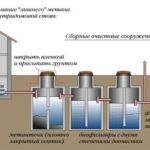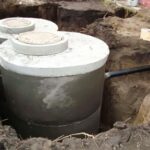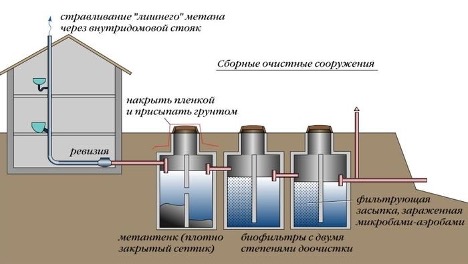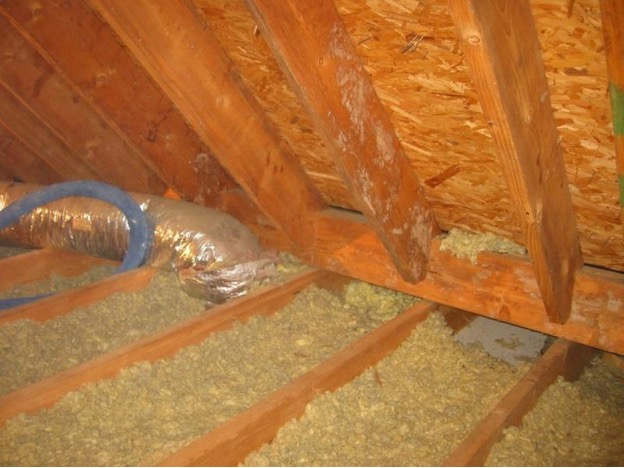Ventilation from sewer pipes in a private house: how to do it
Arranging a ventilation system from sewer pipes in a private home is a critical aspect for creating a comfortable and safe living space. Effective sewer ventilation prevents the spread of unpleasant odors. It also improves sanitary conditions and prevents the formation of harmful gases.
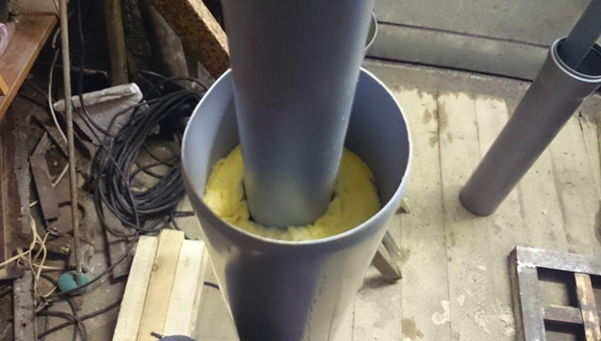
The content of the article
Why is sewer ventilation necessary in a private house?
Before proceeding with installation, it is important to understand why sewer ventilation is needed in a private house. Sewer ventilation in a private home plays a critical role in ensuring the health and safety of its residents. It is responsible for removing harmful gases formed during the decomposition of wastewater. Without effective ventilation, these gases, including methane and hydrogen sulfide, can accumulate indoors. They create health risks and even explosive situations. Ventilation also eliminates unpleasant odors. And this makes living in the house more comfortable.
Effective sewer ventilation ensures pressure balance in the system. It also prevents sewage and gases from flowing back into your home. In systems without proper ventilation, so-called back siphonage can occur.This is a process in which when the pressure in the pipes decreases, the contents of the sewer are pushed back into sinks, toilets and other plumbing fixtures. This is not only unpleasant, but also creates serious health and hygiene risks.
The presence of good sewage ventilation in a private house significantly improves the overall living conditions. It contributes to the following processes:
- reducing humidity;
- preventing mold formation;
- stopping the formation of fungus.
All these problems arise when humid air stagnates. Thus, sewer ventilation not only increases the level of comfort. It helps maintain a high level of hygiene in the home.
How to properly install ventilation from sewer pipes
To arrange ventilation from sewer pipes in a private house, several key points should be taken into account:
- It is important to choose high-quality sewer pipes and connecting elements suitable for creating a ventilation system.
- Determining the installation location. The location of the ventilation pipe should facilitate efficient removal of gases. It should also prevent them from entering the living space.
- The pipe must be installed vertically and led outside the building, usually through the roof, to ensure natural draft and removal of gases.
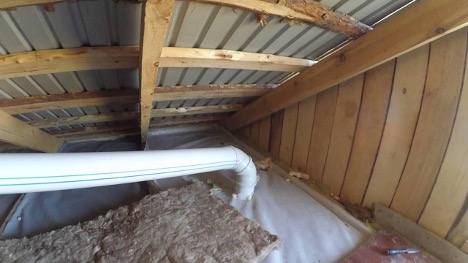
The role of the sewer hood in the house
The sewer hood plays a vital role in maintaining a healthy microclimate in the house. It effectively removes unpleasant odors and harmful gases such as methane and ammonia that can be formed during the decomposition of wastewater.The presence of a hood helps create a comfortable and safe living space, eliminating the discomfort associated with sewer systems. In addition, it prevents the spread of microorganisms and pathogens that may enter the air from the sewer system.
Effective sewer extraction not only improves air quality, but also helps maintain sanitary conditions in the home. It provides permanent removal of moisture and odors from the bathroom, toilet and kitchen, thereby reducing the risk of mold and mildew. In addition, a properly designed ventilation system prevents back siphonage that can occur when the pressure in the sewer system decreases, which in turn prevents waste water and gases from flowing back into the home.
Against the background of the general engineering infrastructure of the house, sewerage ventilation plays a key role in increasing the overall comfort of living. It helps the entire sewer system operate more efficiently, reducing the risk of blockages and increasing its reliability. A properly designed and installed sewer hood ensures continuous removal of gases and odors, making your stay in the home more pleasant and healthy. This is especially important in modern, densely built houses with limited natural ventilation.
Technical aspects and installation nuances
When installing ventilation from sewer pipes, it is necessary to take into account technical aspects and nuances:
- To ensure effective removal of gases, the ventilation pipe must be raised to a sufficient height, usually 30-50 cm above the roof.
- Installing deflectors or screens at the end of the pipe to protect against insects and debris.
- All joints and connections must be sealed to prevent the leakage of gases and odors.
Conclusion
Thus, proper installation of ventilation from sewer pipes in a private house is a key element to ensure the comfort and safety of residents. Compliance with technical standards and installation rules will ensure long-term and efficient operation of the sewer system.

